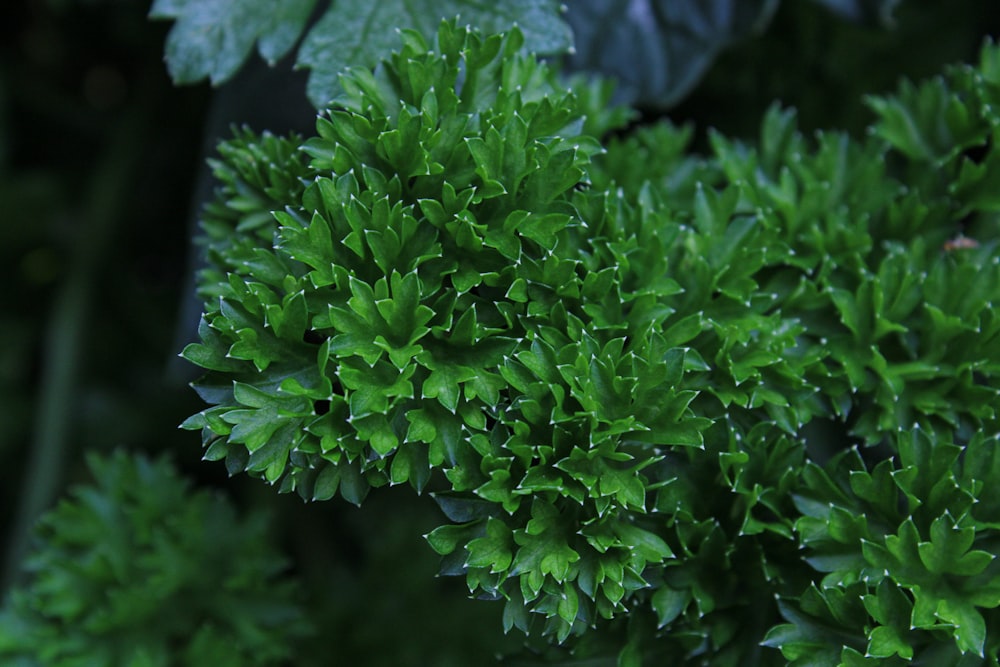Choosing the Right Location
Before diving into planting parsley, it’s crucial to select the perfect spot in your garden. Parsley thrives in partial shade to full sun, so opt for a location that receives at least six hours of sunlight per day. Additionally, ensure the soil is well-draining and rich in organic matter to promote healthy growth.
Preparing the Soil
Prepare the soil thoroughly before planting parsley. Start by loosening the soil to a depth of at least 8 to 10 inches using a garden fork or tiller. Remove any rocks, weeds, or debris, and incorporate compost or aged manure to enrich the soil with essential nutrients. Aim for a slightly acidic to neutral pH level of around 6.0 to 7.0 for optimal parsley growth.
Sowing Parsley Seeds
When it comes to sowing parsley seeds, timing is key. While parsley seeds can be planted directly outdoors in spring or fall, they have a notoriously slow germination process, often taking up to three weeks to sprout. To speed up germination, consider soaking the seeds in warm water for 24 hours before planting. Sow the seeds thinly, around ¼ inch deep, and gently cover them with soil.
Watering and Moisture
Proper watering is essential for successful parsley cultivation. Keep the soil consistently moist but not waterlogged, as overly wet conditions can lead to rot and fungal diseases. Water parsley plants deeply once or twice a week, ensuring the soil remains evenly moist throughout the growing season. Consider using a soaker hose or drip irrigation system to deliver water directly to the roots while minimizing moisture on the foliage.
Mulching for Moisture Retention
Mulching is a valuable practice that can help conserve soil moisture and suppress weed growth around parsley plants. Apply a layer of organic mulch, such as shredded leaves, straw, or compost, around the base of the plants, leaving a few inches of space around the stems. Mulching also helps regulate soil temperature and prevents soil erosion, promoting overall plant health and vigor.
Fertilizing Parsley Plants
Parsley is a heavy feeder and benefits from regular fertilization throughout the growing season. Start by incorporating a balanced, slow-release fertilizer into the soil at planting time to provide essential nutrients. Additionally, side-dress parsley plants with a nitrogen-rich fertilizer every 4 to 6 weeks to support robust growth and leaf production. Avoid over-fertilizing, as excessive nitrogen can lead to lush foliage but sparse flavor.
Pruning and Harvesting
Regular pruning is essential for encouraging healthy growth and prolonging the harvest of parsley plants. Begin harvesting parsley leaves once the plants have reached a height of 6 to 8 inches, using scissors or pruning shears to snip the outer stems near the base. Avoid harvesting more than one-third of the plant at a time to allow for continued growth. Remove any yellowing or damaged leaves to maintain plant vitality.
Pest and Disease Management
While parsley is relatively resistant to pests and diseases, it’s still susceptible to certain issues that can impact plant health. Keep an eye out for common pests such as aphids, caterpillars, and whiteflies, and promptly remove them by hand or with a blast of water from the hose. Practice good garden hygiene by removing any debris or fallen leaves that could harbor pests or fungal pathogens.
Companion Planting with Parsley
Companion planting is a strategy that involves growing compatible plants together to enhance growth and deter pests. Parsley makes an excellent companion plant for tomatoes, peppers, carrots, and roses, as it attracts beneficial insects such as predatory wasps and hoverflies. Avoid planting parsley near celery or fennel, as they can inhibit each other’s growth.
Enjoying the Harvest
Finally, the most rewarding part of growing parsley is enjoying the harvest! Whether you’re adding fresh parsley leaves to soups, salads, sauces, or garnishing your favorite dishes, there’s no shortage of ways to incorporate this versatile herb into your culinary creations. Harvest parsley regularly to encourage new growth and savor the flavors of your homegrown harvest. Read more about parsley plant




